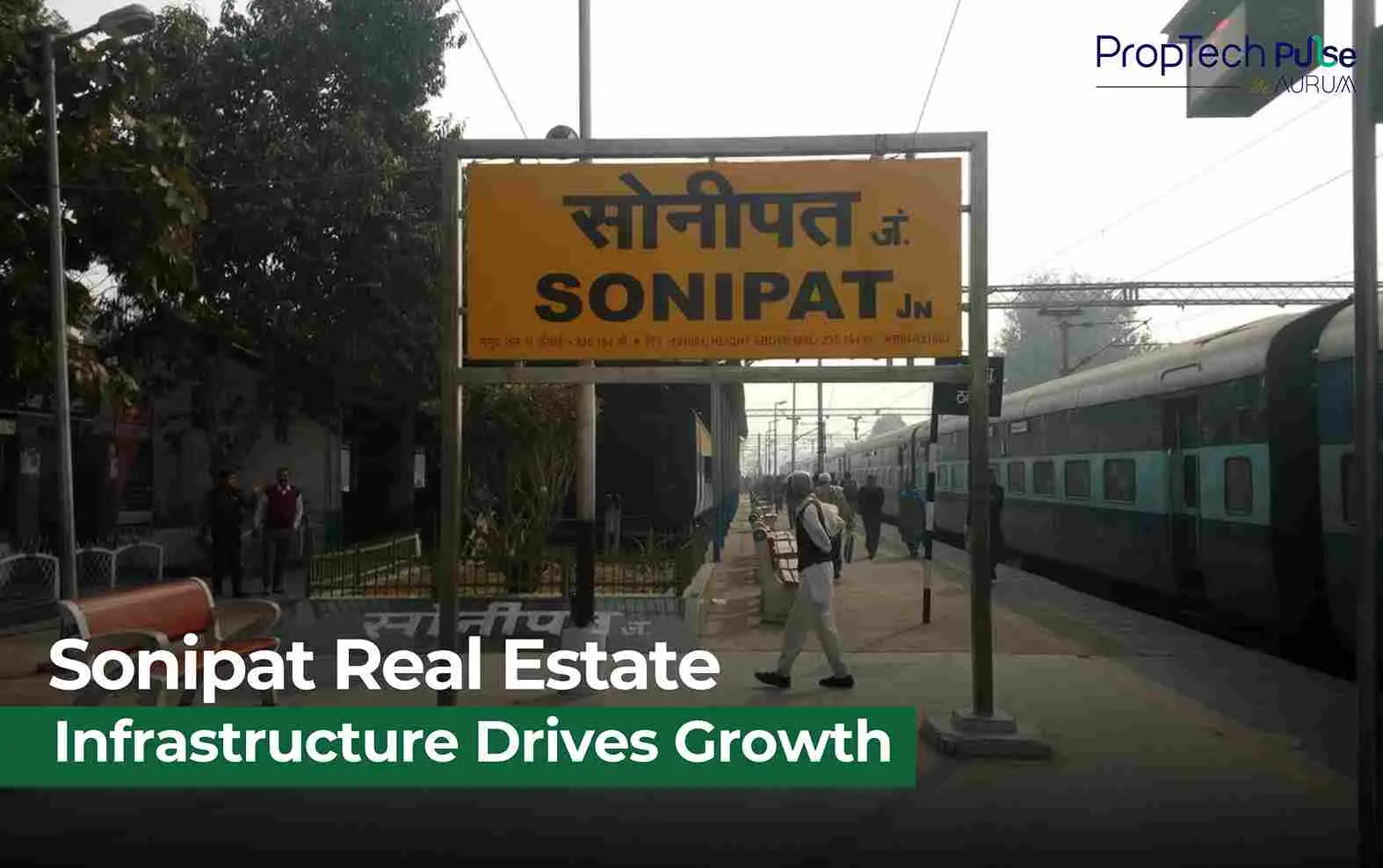Now Reading: Sustainable Real Estate: Pioneering Growth in UAE Development
-
01
Sustainable Real Estate: Pioneering Growth in UAE Development
Sustainable Real Estate: Pioneering Growth in UAE Development
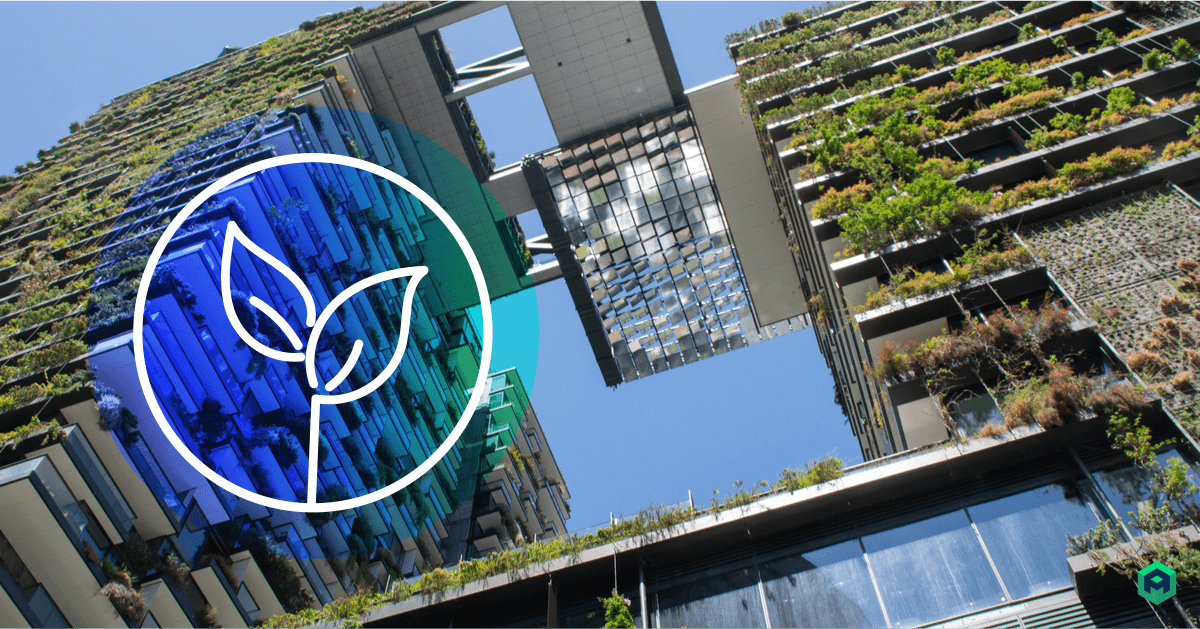
Table of Contents
Sustainable Real Estate: The United Arab Emirates, globally recognized for its ambitious skylines and rapid urban expansion, is increasingly carving out a new reputation: that of a leader in sustainable real estate development.1 Driven by visionary government mandates, growing environmental awareness, and a commitment to long-term economic diversification, the UAE’s property sector is undergoing a profound transformation.2 This shift is not merely about incorporating green features but about fundamentally rethinking urban planning, construction methodologies, and the entire lifecycle of buildings.
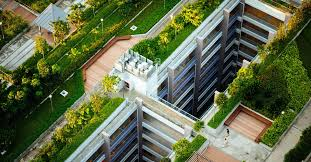
Government-Led Green Initiatives and Net Zero Ambitions
At the forefront of this trend are robust government strategies. The UAE’s overarching commitment to achieving Net Zero by 2050 is a powerful directive that permeates all sectors, including real estate. This national pledge sets a clear precedent for developers to align with ambitious carbon reduction targets.
Key initiatives and regulations driving this transformation include:
- UAE Energy Strategy 2050: Emphasizes renewable energy adoption and sustainable urban planning, with targets for improving energy efficiency in buildings.
- Dubai Clean Energy Strategy 2050: Aims for Dubai to have the lowest carbon footprint in the world by 2050.
- Dubai Green Building Regulations: Mandates strict guidelines for energy use, water-saving technologies, and renewable energy integration in new constructions.
- Estidama (Abu Dhabi): A comprehensive framework for sustainable design, construction, and operation of communities and buildings, promoting resource efficiency and healthy living.
- Sharjah Sustainable City: A pioneering project aiming for net-zero energy consumption and waste production, serving as a model for integrated sustainable communities.
These regulatory frameworks are transforming what were once aspirational concepts into mandatory requirements, pushing developers towards innovative and eco-friendly practices.
The Rise of Green Building Standards and Certifications
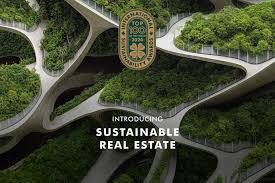
A significant trend is the widespread adoption of international and local green building standards, which ensure developments meet high environmental performance benchmarks.
- LEED (Leadership in Energy and Environmental Design): Globally recognized, LEED certification is increasingly sought after by developers in the UAE to validate their commitment to sustainability.
- Estidama (Pearl Rating System): Abu Dhabi’s unique green building rating system is mandatory for all new buildings in the Emirate, driving a culture of sustainability from design to operation.
- GSAS (Global Sustainability Assessment System): Increasingly used in the region, GSAS provides a holistic framework for assessing the sustainability performance of buildings and infrastructure.
These certifications not only demonstrate environmental responsibility but also offer tangible benefits, including reduced operational costs through lower utility bills, enhanced marketability, and potentially higher property values.15
Integration of Smart Technologies and Renewable Energy
Technology is a pivotal enabler of sustainable development in the UAE.16 The concept of “smart cities” seamlessly integrates with sustainability goals.
- Smart Building Management Systems (BMS): Advanced BMS, often powered by AI and IoT, optimize energy consumption by intelligently controlling lighting, HVAC systems, and other building functions in real-time based on occupancy and environmental conditions.17 This significantly reduces operational energy use and carbon footprints.
- Renewable Energy Integration: Given the abundant sunshine, solar energy is a natural fit.18 New developments are increasingly incorporating solar panels (photovoltaic systems and solar water heating) into their designs, sometimes even integrating them into building facades (Building-Integrated Photovoltaics – BIPV), allowing buildings to generate their own clean electricity.19
- Energy-Efficient Design and Materials: Developers are prioritizing passive design principles that maximize natural light and ventilation, reducing the need for artificial lighting and cooling.20 High-performance insulation, thermal reflective coatings, and heat-blocking glass minimize heat gain, crucial in the UAE’s arid climate.
- Water Conservation Technologies: Addressing water scarcity is paramount.21 Sustainable developments feature greywater recycling systems, low-flow fixtures, smart irrigation, and rainwater harvesting to significantly reduce water consumption.22 Treated wastewater is often repurposed for landscaping.23
Community-Centric and Mixed-Use Developments
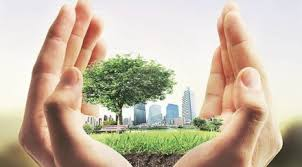
The focus is shifting beyond individual buildings to creating holistic, sustainable communities that promote a high quality of life.
- Live-Work-Play Model: Mixed-use developments integrate residential, commercial, retail, recreational, and social spaces, encouraging walkability and reducing reliance on private vehicles.
- Pedestrian and Cycling Infrastructure: New projects prioritize pedestrian-friendly paths, cycling lanes, and public transport connectivity to encourage greener modes of transport and reduce traffic congestion and emissions.
- Green and Open Spaces: Extensive landscaping, parks, community gardens, and natural green spaces are integral to design, improving air quality, enhancing well-being, and contributing to biodiversity.
- Waste Management and Circular Economy: Sustainable communities are implementing advanced waste management systems, including recycling facilities, compost stations, and strategies to minimize construction waste through practices like modular construction and the reuse of materials.
Addressing Climate Resilience and Future-Proofing
The UAE’s coastal location makes it particularly vulnerable to the impacts of climate change, such as rising sea levels and extreme weather events. This is driving a focus on building resilience into real estate development.
- Coastal Protection: Investments in advanced engineering techniques and natural solutions like mangrove planting are being used to protect coastal developments.
- Flood Mitigation: Lessons from recent extreme weather events are prompting the development of more robust drainage systems and urban planning that accounts for heavy precipitation.
- Heat Resilience: Buildings are being designed to better withstand extreme heat, not just through energy efficiency but also through material selection and urban planning that minimizes heat island effects.31
Conclusion
The UAE’s journey towards sustainable real estate development is a testament to its commitment to a greener, more resilient future. Driven by strong government vision, a growing demand for eco-friendly properties, and rapid technological advancements, the industry is moving beyond superficial “greenwashing” to embed sustainability at its core. From net-zero communities and smart building technologies to a rigorous adherence to green building standards, the UAE is setting new benchmarks for urban development, ensuring its iconic skylines and thriving communities are built on a foundation of environmental responsibility and long-term viability. This proactive approach not only safeguards the environment but also enhances the economic value and livability of properties across the Emirates.
WATCH MORE:https://www.youtube.com/watch?v=DW1Vh_I89hI
READ MORE: Impact of UAE Golden Visa on Real Estate Demand in 2025



